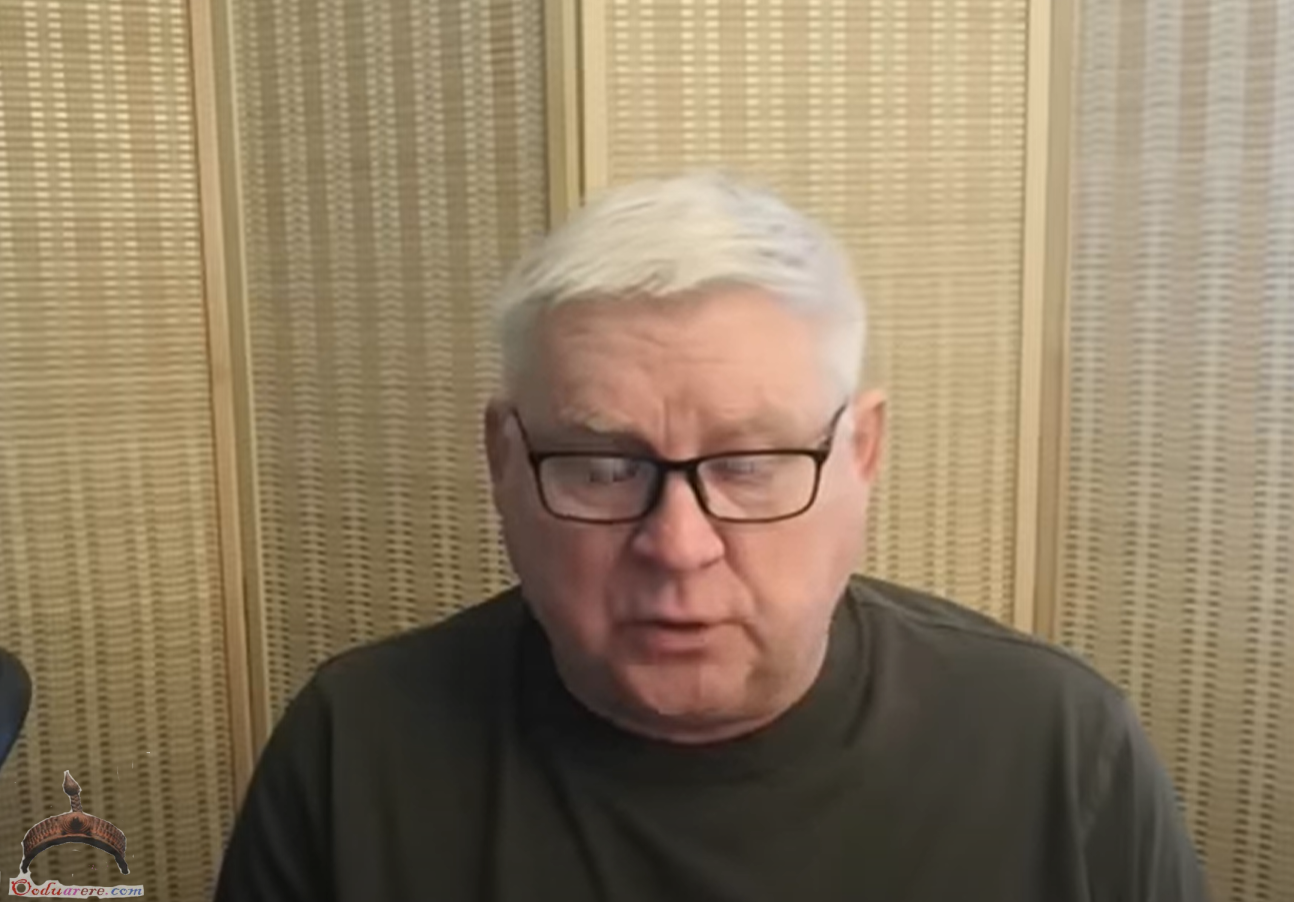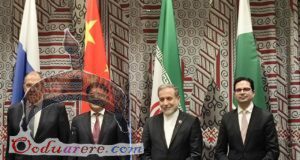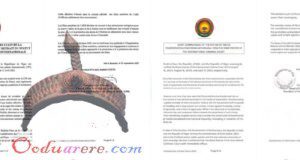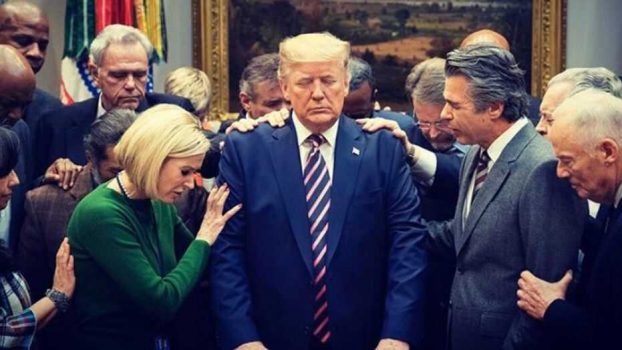Tensions continued to grow in the Persian Gulf region after the shoot-down of a $110 million U.S. RQ-4A Global Hawk surveillance unmanned aerial vehicle (UAV) by the Iranian Revolutionary Guard Corps over the Straight of Hormuz on June 20.
According to the Iranian side, the UAV was in Iranian airspace off the shores of the district of Kouhmobarak when it was hit by a surface-to-air missile launched by the Khordad-3 air-defense system. On June 21, Tehran showcased vestiges of the downed UAV. The fact that Iranian forces were able to detect and reach the crash site first might lend credibility to their version of events.
Despite this, Washington insisted that the UAV was shot down over international waters describing the incident as an act of aggression. The U.S. military revealed that the downed RQ-4A was a part of the U.S. Navy’s Broad Area Maritime Surveillance program. Global Hawk variants developed under this program were designed to provide the Navy with real-time intelligence, surveillance and reconnaissance capabilities over vast ocean and coastal regions.
On June 21, U.S. President Donald Trump claimed that he ordered a strike on Iranian targets, but called off the decision 10 minutes prior. On June 22, the President threatened Iran with additional sanctions adding that the possibility of military action “is always on the table.”
Anonymous sources told the Washington Post that Trump had approved a cyber attack on missile and rocket control systems of the IRGC. The supposed attack was reportedly conducted on June 20 by the U.S. Cyber Command in coordination with the military’s Central Command. According to the sources, the attack was in the works “for weeks if not months.” Nonetheless, there has been no evidence or official confirmation of such developments.
The US has few real options to demonstrate its military might in the region without the risk of provoking an open hot conflict which, according to recent US actions, Washington appears unwilling to commit to, at least for now.
At the same time, the Washington establishment and its local allies continue their diplomatic and propaganda campaign in order to justify increasing sanctions pressure upon Iran.
As reported by the Middle East Eye on June 21, speaking on condition of anonymity, a “senior British official” claimed that an unnamed Saudi intelligence chief and the Kingdom’s senior diplomat Adel al-Jubeir pleaded with British authorities to carry out limited strikes on Iranian military targets. According to the official, the failed Saudi lobbing effort took place only a few hours after U.S. President Donald Trump claimed to have aborted his planned attack against Iran.
The Saudi-led coalition showcased remains of the projectile Ansar Allah (the Houthis) used in the recent attack on Abha International Airport. The remains, which were inspected by U.S. envoy to Iran, Brian Hook, identified the projectile as being a cruise missile.
The characteristics of the fuselage and fins appear to be similar to that of the Soviet Kh-55 cruise missile. One of the photos shows the remains of the missile’s engine, identified as an TJ-100 turbojet, produced by Czech’s PBS Velká Bíteš. This engine is not known to have been used in any other missile. While the cruise missile may have been designed after the Kh-55, it remains unclear if it was developed and manufactured by Ansar Allah without external support.
In 2017, Ansar Allah claimed to have launched what looked like an Iranian Soumar cruise missile, another missile developed after the Kh-55, at the Barakah nuclear power plant in the UAE. Irregardless, if Ansar Alalh’s claim is to be believed, it could make for an explanation as to how the Yemeni group and its backers gained familiarity with the design of the missile.
It’s possible that the US will increase support to the Saudi invasion of Yemen in the framework of its on-going standoff with Iran in the region.
 Ọmọ Oòduà Naija Gist | News From Nigeria | Entertainment gist Nigeria|Networking|News.. Visit for Nigeria breaking news , Nigerian Movies , Naija music , Jobs In Nigeria , Naija News , Nollywood, Gist and more
Ọmọ Oòduà Naija Gist | News From Nigeria | Entertainment gist Nigeria|Networking|News.. Visit for Nigeria breaking news , Nigerian Movies , Naija music , Jobs In Nigeria , Naija News , Nollywood, Gist and more









